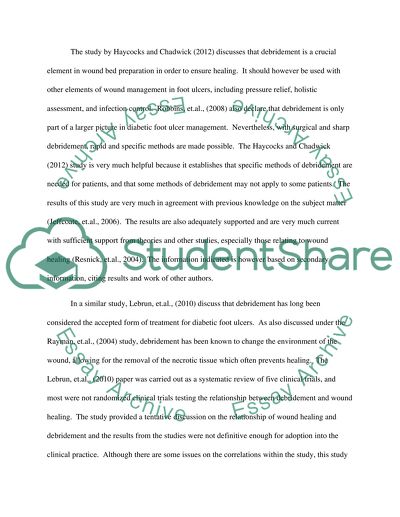Cite this document
(“Treatments of Diabetic Foot Ulcers: Debridement Essay”, n.d.)
Treatments of Diabetic Foot Ulcers: Debridement Essay. Retrieved from https://studentshare.org/nursing/1601185-treatments-of-diabetic-foot-ulcers-debridement
Treatments of Diabetic Foot Ulcers: Debridement Essay. Retrieved from https://studentshare.org/nursing/1601185-treatments-of-diabetic-foot-ulcers-debridement
(Treatments of Diabetic Foot Ulcers: Debridement Essay)
Treatments of Diabetic Foot Ulcers: Debridement Essay. https://studentshare.org/nursing/1601185-treatments-of-diabetic-foot-ulcers-debridement.
Treatments of Diabetic Foot Ulcers: Debridement Essay. https://studentshare.org/nursing/1601185-treatments-of-diabetic-foot-ulcers-debridement.
“Treatments of Diabetic Foot Ulcers: Debridement Essay”, n.d. https://studentshare.org/nursing/1601185-treatments-of-diabetic-foot-ulcers-debridement.


